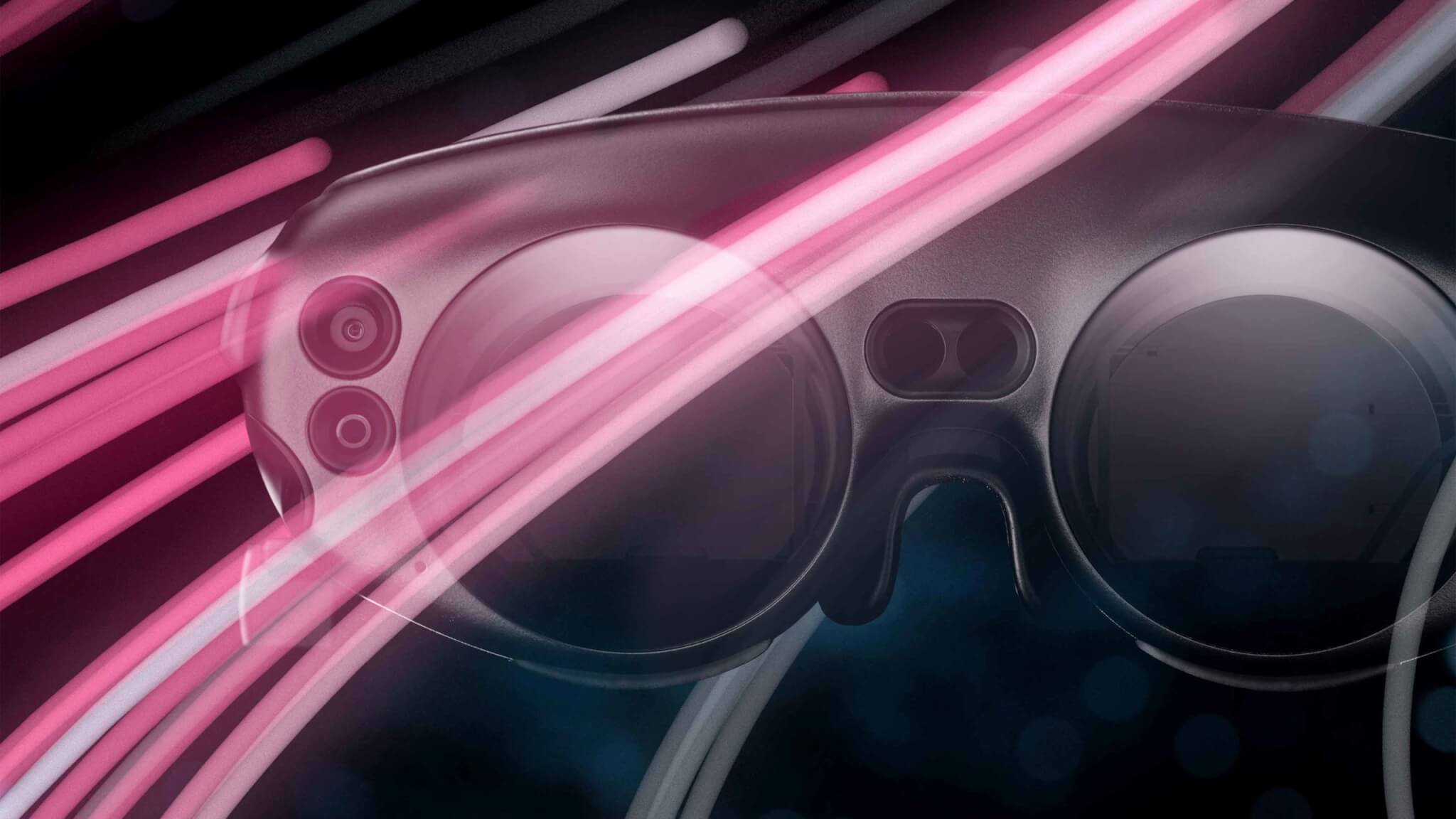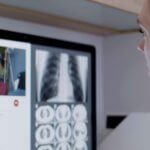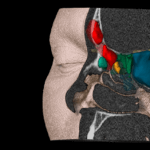Operating Room Trends 2021: Three Crucial Technologies for the Future of Surgery
When it comes to the future of surgery, those of us who work in the medical technology field often try to predict what’s to come to get ahead of the latest trends. Although medicine is highly regulated and therefore slower to adapt new technologies, in the last five to ten years we’ve seen an explosion of new products in a range of high-tech areas. Big data, artificial intelligence and machine learning will play a huge role in medical software for treatment planning, decision-making and best practices in the future, but what about devices for surgery?
Based on our experiences, we narrowed down three essential technologies that will impact the surgical devices of the future: Augmented reality, mixed reality and robotics. We asked three of our product experts in these areas to give us their input on the current status of these technologies and where they predict they will end up in the future. Here is what we think 2021 will hold for the advancement of high tech medical devices in the operating room.
Augmented Reality
Valentin Elefteriu – Senior Product Manager, Neurosurgery
“In the neurosurgical operating room, Augmented Reality (AR) currently comes into clinical effect together with the microscope. Tumors and other enriched objects are injected into the microscope’s ocular so that the surgeon can see what lies under the visible surface. This doesn’t just apply to larger anatomical structures, but also to those which can’t be seen with the naked eye, such as fiber tracts that are near the treatment area. If the surgeon is using an exoscope, these views are visible to the entire team from its monitor. The beauty of AR is that in seconds, the surgeon can call up additional information about the patient and the case. Personally, I believe that augmented reality in the O.R. has the potential to positively change the way a surgeon consumes and experiences data.
In the O.R., AR allows surgeons to experience data and control connected systems more efficiently and ergonomically as they maneuver through critical surgical situations. The surgeon never has to take their eyes off the patient, since the relevant data is overlaid on the live image. It helps to maintain focus on the surgical site while simultaneously providing information that is needed, like the optimal path thru the brain to remove a tumor. As AR advances in the future, I can imagine that in five to ten years large, heavy microscopes will disappear from O.R.s completely and will give way to sleeker systems, or even wearable mixed reality devices.
“In the O.R., AR allows surgeons to experience data and control connected systems more efficiently and ergonomically as they maneuver through critical surgical situations. The surgeon never has to take their eyes off the patient […]”
But for now, until that technology is available for surgery, AR in the form of microscope integration offers surgeons a wide range of highly advanced visualization capabilities. For example, with the help of 3D glasses, AR overlays are visible in three dimensions with stereoscopic displays. Viewing images in 3D provides depth perception that cannot be achieved in the ocular of a microscope or on a two dimensional display. This is particularly helpful for complex regions of the brain, such as around the brain stemor for complex vascular procedures like aneurysm clipping or arteriovenous malformation (AVM) resection.
For the future of AR, I’m excited to see new techniques being integrated into surgery. One example of this would be the use of 5–ALA (5-aminolevulinic acid), a photodynamic compound that makes tumors glow to assist with detection, alongside AR and 3D stereoscopic cameras to measure the resection progress in real time. I can see this crucial image information helping to reduce the need for other intraoperative imaging, while saving time and costs for the hospital and reducing necessary anesthesia for the patient.
Countless microscope and exoscope vendors are now getting on board with integration as this technology becomes more and more important every day. We can already see that augmented reality integration will play a significant role in the establishment of image guided surgery as the standard of care in neurosurgery, even in emerging markets.”
Mixed Reality
Dominik Fischer – Product Line Manager, Digital O.R.
“When Virtual Reality (VR) first came onto the market, there was great excitement about incorporating it into medicine. There was a lot of speculation and talk about how VR could positively impact a range of medical procedures and interactions. In reality, VR isn’t quite suited to the O.R. since it can cause a lot of dizziness and makes the surgeon feel disconnected since they are fully immersed in the “world” of the VR headset. The objective of bringing these types of technologies into the operating room should be to help the surgeon better connect with the patient. Instead Mixed Reality (MR)—using a set of goggles to merge the real and the virtual world—started becoming a more viable option. As MR gains popularity and feasibility for use in the O.R., these devices have become more light-weight with greater fields of view to provide maximum comfort and visibility for the surgeon.
Mixed Reality in the O.R. is similar to the way we use Augmented Reality today, but instead of looking into a microscope or at an exoscope display to see the patient and overlaid objects, surgeons simply look directly at the patient through a set of MR goggles. These goggles are also sometimes known as “head mounted displays”. All the relevant information about the patient—preoperative images, vital signs, treatment plans, lab results, etc.—are visible within them. Ergonomically, it is a great advantage to the surgeon since they are no longer confined to staring into a microscope to operate, which, after many hours, can cause quite a lot of neck pain.
MR in the O.R. is going to be crucial in the future because it allows surgeons to have access to all relevant data at once. There will be no information they miss because a monitor is positioned out of their eye line.
I expect that in the next two years, there will be early adopters for MR in operating rooms. It may take five years for this technology to become standard or even common in the operating room. The “holy grail” for many surgeons will be to be able to look at the patient and see their preoperative data stably and accurately overlaid directly onto them. In the meantime, there will be a lot of exciting developments!”
Robotics
Thomas Heiliger, Product Manager Robotics
“Robotics is an ideal technology for the operating room, especially when it comes to what is known as ‘collaborative robotics’. These devices, designed to work hand-in-hand with an operator, do not replace the surgeon or other O.R. staff but rather support the team in ways a human being cannot. Surgical robots have the ability to be more precise than the human hand and complete repetitive tasks easily and consistently.
When robotic devices were first created for the operating room, astronomical prices prevented the technology from being widely used. Now over the last five to ten years, as more companies jump onboard creating their own devices, the prices have begun to sink to a level that wide adoption is now becoming more realistic. That being said, robotics in medicine is still a very niche market, with most robots in use today being part of manufacturing industries.
Although this technology was sometimes viewed skeptically at the beginning, we’ve noticed a significant increase in not only interest, but also acceptance of robotic surgery devices in both Europe and the US. Part of the reason that acceptance is so easily gained nowadays is because surgeons and surgical teams understand that these devices are intended to enhance their current workflows, not take away their jobs. An experienced user will be necessary to make critical decisions during surgery, regardless of how automated these machines become.
The reality is: Human ability has its limits. Robotic surgical assistants should be viewed as an extension of human ability, enhancing what we already have. These devices are going to be critical in the future for faster, safer and more precise interventions. As software for robotics develop, so too does the hardware and vice versa. For the future, as the technology continues to advance, I expect to see the development of entirely new surgical techniques that are only possible with robotic assistance. I personally believe that this will be one of the most significant advancements in surgery this decade.”
All these technological advancements in medical devices beg the question: How can your institution stay future-proof? When purchasing any kind of technology today, we recommend choosing vendors that have open-platforms which are able to integrate and adapt to the hospital’s changing needs. As the landscape of medical technology evolves, hospitals have to be ready for whatever innovations may come.




